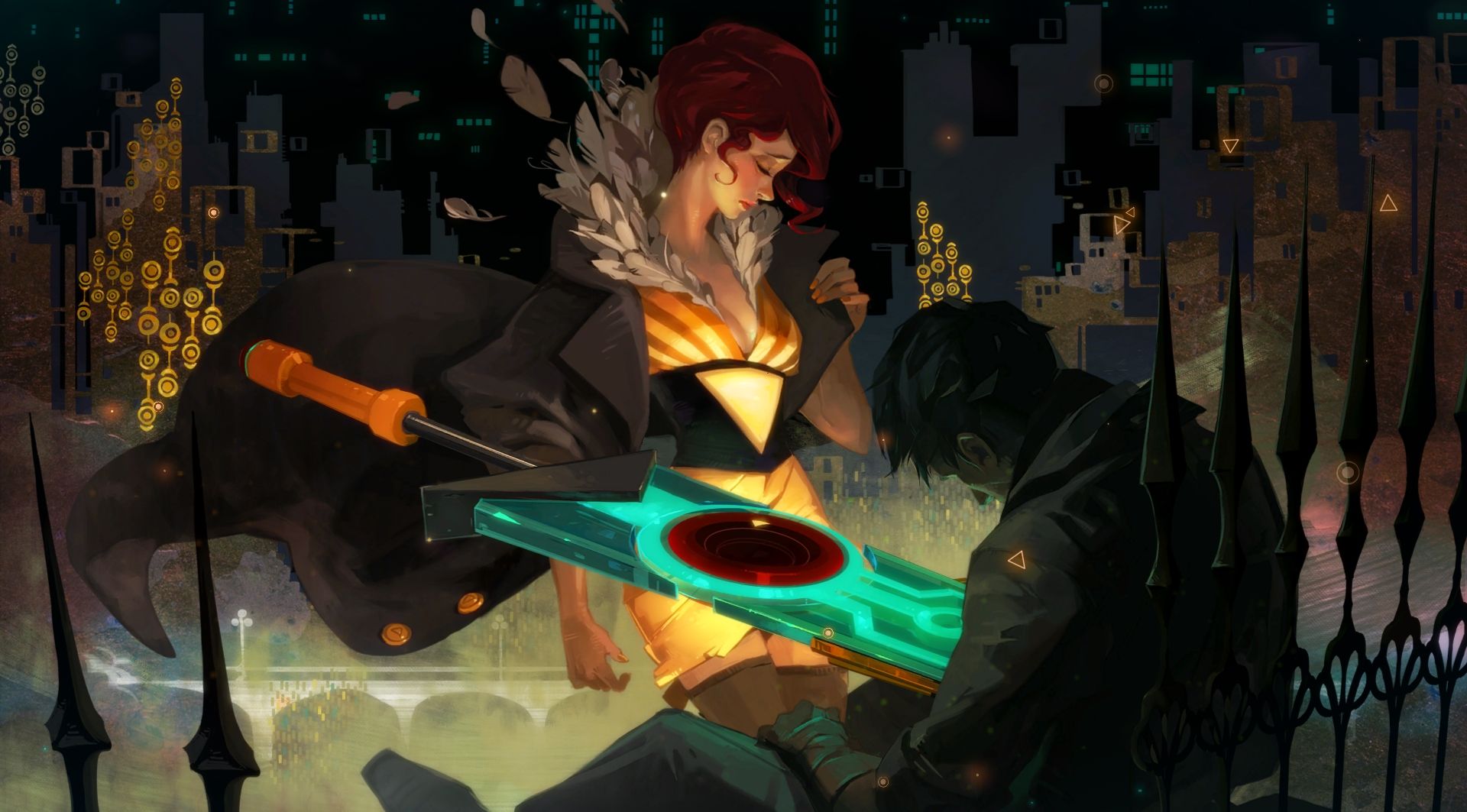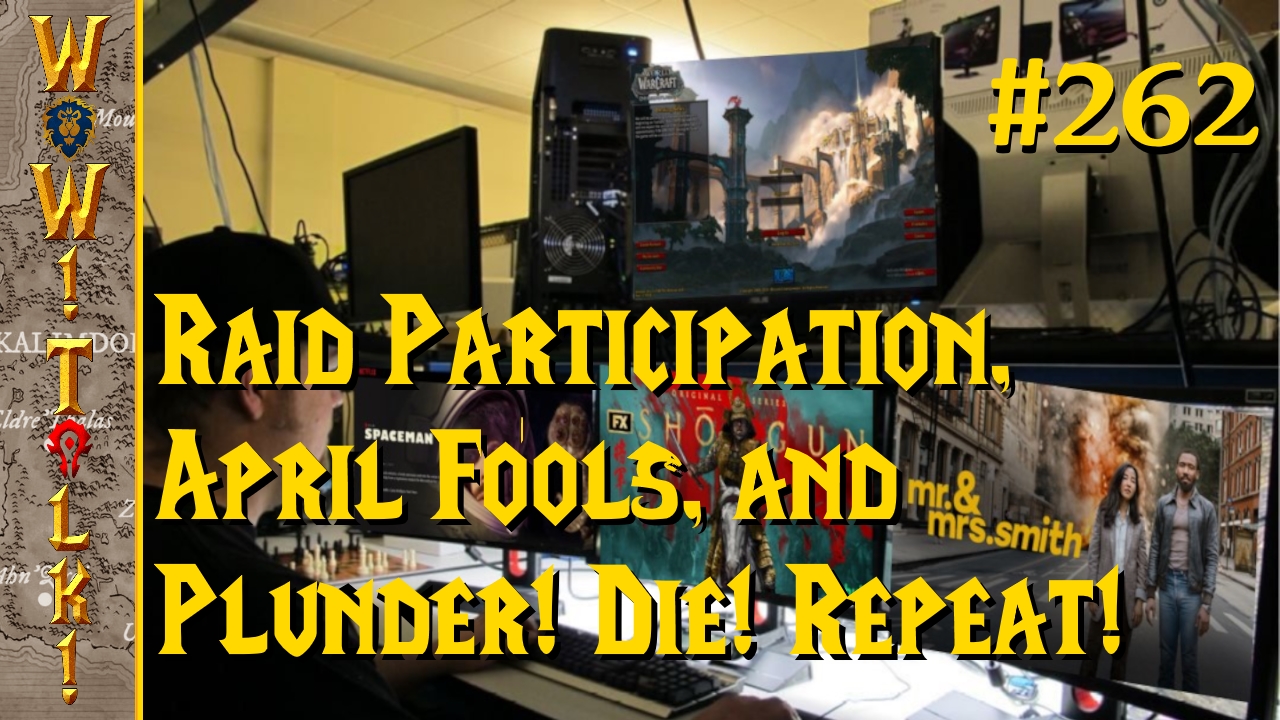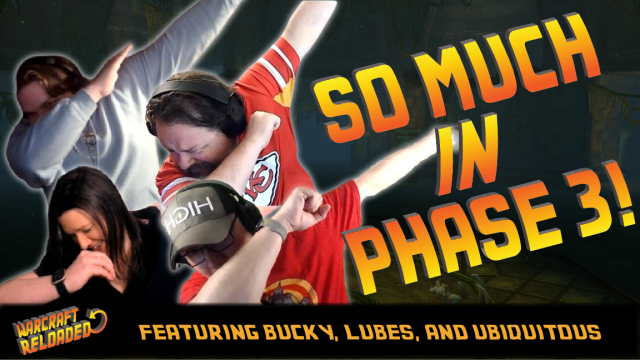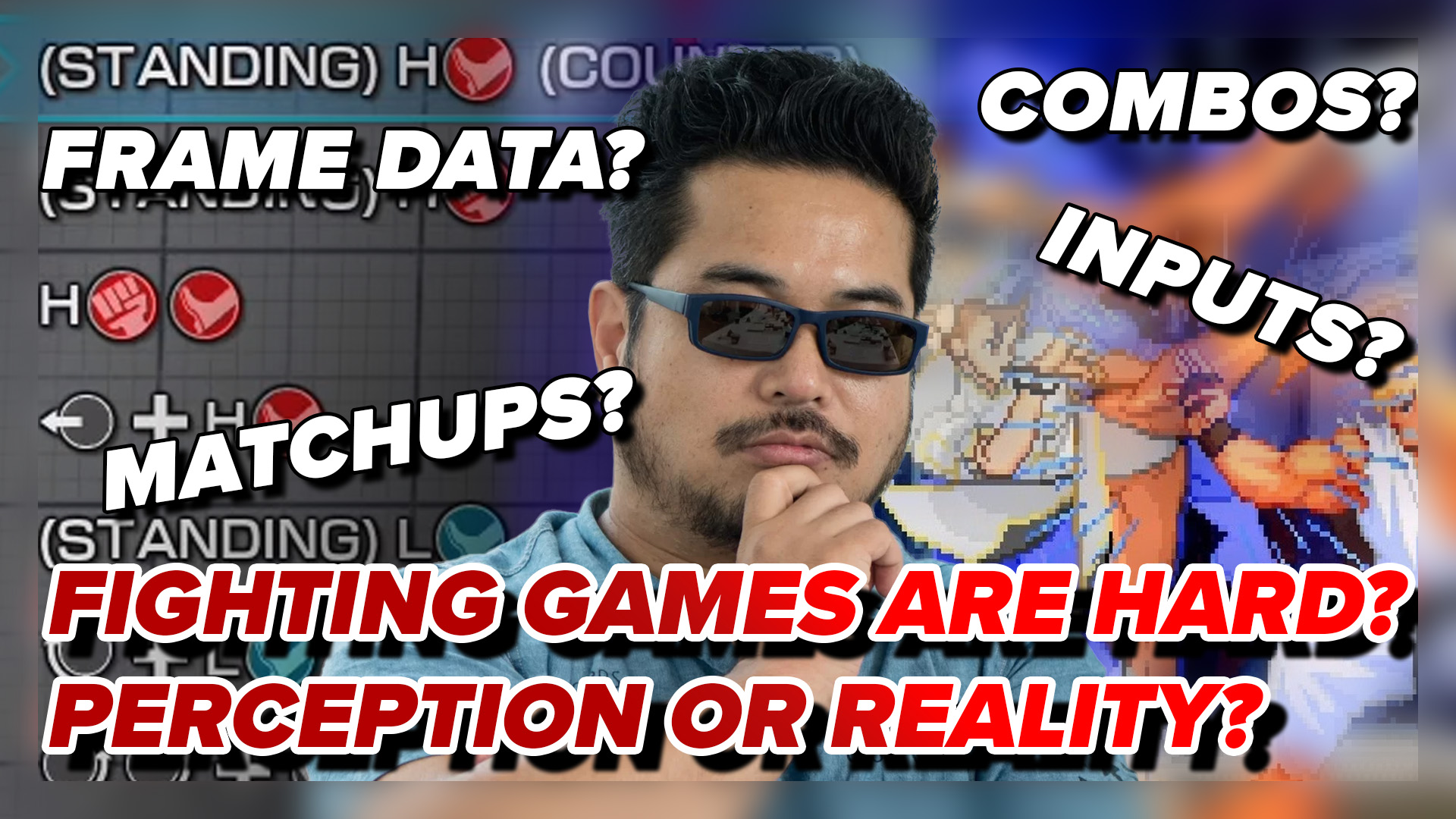The level of artistry in video games continues to amaze me. I may not have been alive for the beginning of this craft, but seeing us go from Super Mario Brothers to games in 3D, moving into high-definition resolutions with high polygon counts, 8 bit sounds to Hans Zimmer soundtracks with full orchestras; video games have come a long way. It feels like we are at a point now where developers have little to nothing holding them back from expressing exactly what they want to, visually and audibly. To say Transistor is anything short of a visual and aural masterpiece would be the biggest lie I told in a long time. Transistor may not have the highest polygon count, but its visual presentation mixed with the game’s soundtrack and dialog pushes video game artistry above and beyond, setting a new bar.
Transistor is the newest game from the studio that brought us Bastion, and while both games share an isometric view, they are very different. In Transistor you play as Red, a singer who, through some unfortunate circumstance, has come into possession of the Transistor: a device of immense power that can affect the world around it as well as act as a weapon. When I first saw the Transistor I instantly thought “Sword”, assuming I would be swinging this thing around in a hack ‘n slash style. That would be wrong. The Transistor can be equipped with four main skills called “Functions”. Functions can range be melee or ranged attacks, area of effect attacks, make you dash or disappear, convert enemies to friends, or even summon allies to help you fight.
The cool thing about Functions is that they are all multipurpose and affect each other. Throughout the game you have four main slots called “Active slots”. You’ll quickly notice that each Active slow has two additional slots called upgrade slots. Additionally, you have four Passive slots, but I’ll get to that. Putting a Function in an Active slot will cause the Transistor to perform that move if selected. So let’s say you equip Jaunt, a move that allows you to dash – no matter what other Functions get attached to that Active slot it will always cause you to dash. Putting Functions in the Upgrade slot of an Active slot usually modifies the active Function by giving it an attribute of the Upgrade function. For example is you put Spark, a function that tosses out a bunch of tiny explosives, in the Upgrade slot of Jaunt, every time you use Jaunt it will leave behind a bunch of tiny explosives in the path you dashed.
You can mix and match your Functions anyway you like, and you’ll get some surprising results from your combinations. One of the most useful combinations I found was to mix Jaunt with Help, the combination of which leaves behind a decoy copy of yourself when you Jaunt. It helped a lot with some of the faster and harder-hitting enemies. Now, using a Function in a Passive slot will cause some aspect of that Function to affect all of your Active functions. Take Ping for example – a high speed ranged shot. If you put Ping in a Passive slot, now all of your Active functions will work faster. Between Active, Upgrade, and Passive slots you can come up with some pretty cool combinations. However, these slots aren’t all available at the beginning of the game. As your character levels up you will be offered choices to unlock different slots.

After I finished my first play-through of Transistor I had only unlocked six of eight Upgrade slots and one of four Passive slots. I also know that I didn’t unlock all of the Functions since you usually have to choose between them after gaining a level, so I saw some that I never got a chance to go back and unlock. Luckily, you can replay through the game keeping your level and currently-unlocked Functions and slots. This doesn’t mean you’ll slide through the game again easily, as all of the enemies keep their upgrades as well. You aren’t the only one that gets stronger.
While the game does continue to introduce enemies (known as the Process) as you progress, your older foes don’t become irrelevant. As you level up, pretty much every enemy gains new abilities; some that just make them more difficult to deal with, and others that many completely change the dynamics of how you have to approach the fight. You’ll notice you’re about to go into a fight when a blue line surrounds the area. White Process walls will also emerge from the ground, turning the area into an arena. Most enemies hit hard, and besides Jaunt you don’t have any blocking or dodging ability, so you’ll need to use the walls provided to dodge enemy attacks.
There are two ways to fight. The first is obviously in real time, but to be honest, most of the enemies move quickly and aggressively; the end result is you taking a lot of unnecessary damage. The second way to fight is through planning mode. In planning mode, you can plot out your movement and attacks, then execute them all at one time. You only have a limited amount of movement and Functions you can perform, so you need to be efficient as possible. The downside to using planning mode is that there is a cool down period on most functions after you execute your plan – leaving you somewhat vulnerable for a short amount of time. Another problem you may come across in planning mode is that sometimes your plans don’t go as… planned. Sometimes enemies move in unexpected ways while executing the plan, which may affect how much damage you’re doing or push an enemy out of your attack range.

Despite those small issues, planning mode is still the way to go. Fighting in real time usually leads to an ass whooping, and Transistor does something worse than giving you a game over when you run out of health – it takes Functions away from you. As you play you will notice that one out of your four Active functions is connected to your health bar. Once you run out of health that Function will be disabled and removed from that Active slot. The worse part about this system is that the Function that gets disabled is the Function that you are currently using the most. So your penalty for taking too much damage is getting your most useful move removed.
Any Function that is disabled will need to be repaired, and in order to repair a Function you need to visit two separate Access Points (stations that allow you to swap Functions around and also serve as a save point). Access Points usually aren’t that far apart, but you may have a few fights between them. Luckily for you, you will probably have more Functions than you have slots available; so you should be able to substitute another Function for the one that is currently disabled. One thing to keep in mind is that each Function takes a certain amount of memory, and while your previous configuration may have been perfect for you, you may now need to rework your configuration based on which Functions can fit in with how much memory you have available.
Transistor turned out to be a bit more tactical than I thought it would be, but it’s far from complex. Players should have fun exploring their new abilities and their combinations. Combat is fun, and with new enemies appearing throughout the game and older enemies upgrading, the gameplay stays as fresh as it did in the beginning of the game.
While Transistor’s gameplay is great, it is completely eclipsed by its audio and visual presentation. It’s hard to talk about one without the other, because both audio and visuals complement each other and really bring out the game’s personality and feeling. The city feels like it has a 1920’s or 30’s vibe to it due to the architecture and music, but thanks to the lighting and coloring it feels futuristic. I took screenshots during several parts of the game that came out so clean that if I could find a good enough printer I could print them out and hang them up as artwork on my wall. Even though the only person you see in the city is Red, the city felt alive. As the Process wreaks havoc on the city it actually feels like the place itself is dying as its color and light is being stripped away.

The soundtrack is what drives the mood of the game. The right tracks were put in the right spot to really help you feel what’s going on. Even if you don’t pick up the game, you should check out the soundtrack. Also, there isn’t much dialog in the game, but the voice actors were on point. Part of the game is unraveling the mystery of what’s going on and what is the Process. The voice actors were able to deliver that piece by piece and helped relay the gravity of the situation as the game progresses.
I enjoyed Transistor very much, and am currently on my second play-through so I can get all of my slots and Functions. It’s been about a year since a game was able to fully engulf me like this. Last one was Bioshock Infinite, and that says a lot. It’s good to know that Super Giant Games’ second game was a step forward, and I’m looking forward to seeing what they do in the future.





